List of All Iranian Dynasties and Monarchies in Order
/
0 Comments
Recognized as one of the oldest countries in the world, Iran…
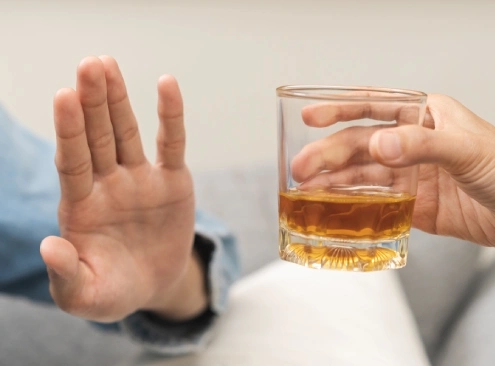
Alcohol in Iran for Tourists, All You Need to Know
Iran is a country rich in history, culture, and breathtaking…

Complete List of Iran Wildlife Animals (List, Facts, Pictures)
Iran is home to a diverse range of wildlife species due to its…

Reza Alipour; Fastest Man in Rock Climbing
Reza Alipour is a name that is well-known in the world of rock…

Iran National Football Team: Team Melli (History, Players)
The Iran National Football Team, known worldwide as “Team Melli”,…
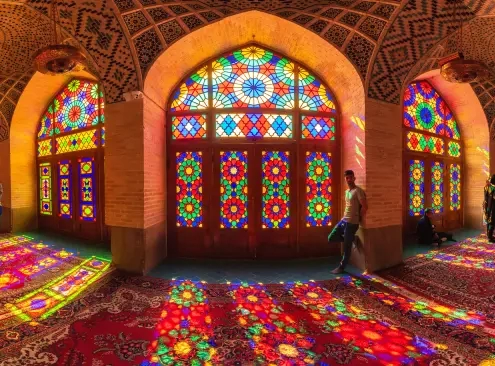
Where Is Iran? (Map, Population, Religion)
Iran, the country of history and art, is a hidden gem in the…

Does Iran Have Tourism? (Ranking, Statistics, Attractions)
Traveling and adventure have always been part of human life.…
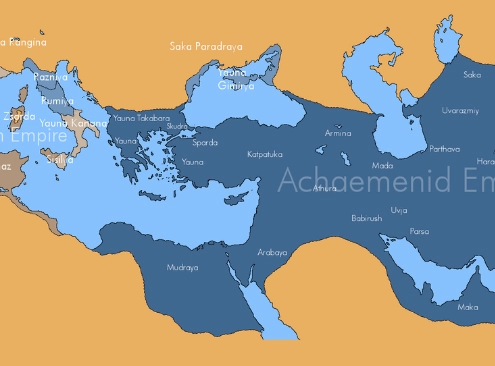
Achaemenid Empire (Map, Flag, Pronunciation, Facts)
The Achaemenid Empire was one of the ancient Iranian dynasties…
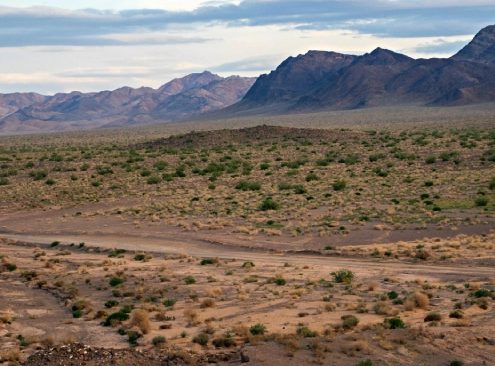
Iran Desert Animals: List, Info, Photos
Iran is a beautiful country situated in Asia. It is one of the…
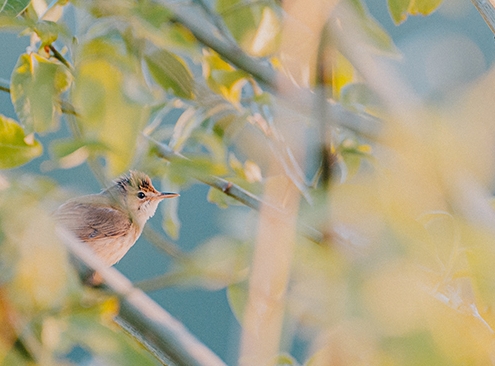
Iran National Bird: Name, Photos, Where to Find
Iran is a diverse country that features a rich history and a…

Iranian Azerbaijanis (Culture, Foods, Clothes, Music & more!)
Iran is a broad country with diverse ethnic groups. Iran is home…

7 Best documentaries about Iran to watch before travelling
Keen to learn a little more about Iran before you visit? Thankfully,…
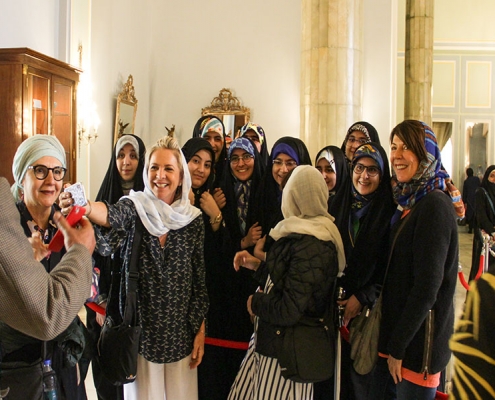
Everything you need to know about Iran
“The use of traveling is to regulate imagination by reality,…
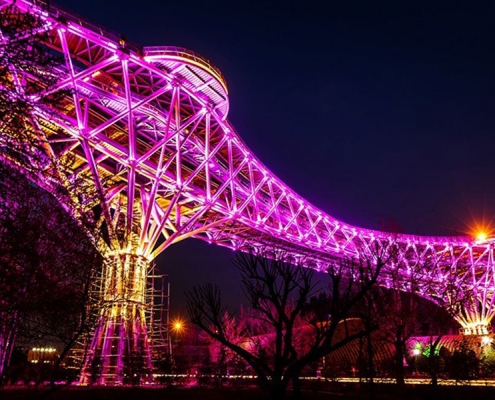
Everything about Iran: art, cuisine, people, women’s Hijab
Out of the vast internet sea, you will find a lot of information…
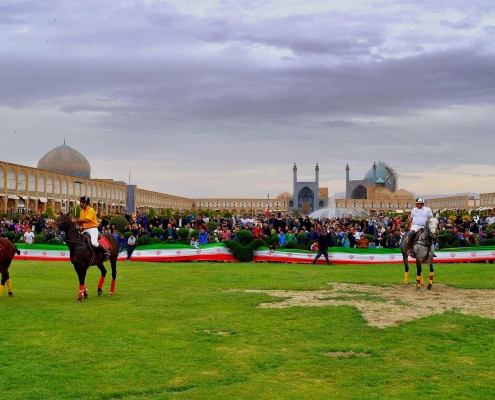 https://irandoostan.com/dostcont/uploads/2018/09/Polo-in-Naqsh-e-Jahan-Travel-to-Iran-2-Web-2.jpg
1220
2362
Iran Travel
https://irandoostan.com/dostcont/uploads/2025/05/Irandoostan-logo.webp
Iran Travel2018-09-30 14:43:562025-04-13 14:58:16Polo or Chogan (game): History, Rules & more
https://irandoostan.com/dostcont/uploads/2018/09/Polo-in-Naqsh-e-Jahan-Travel-to-Iran-2-Web-2.jpg
1220
2362
Iran Travel
https://irandoostan.com/dostcont/uploads/2025/05/Irandoostan-logo.webp
Iran Travel2018-09-30 14:43:562025-04-13 14:58:16Polo or Chogan (game): History, Rules & more
Persian Garden, the Paradise on Earth
The Persian garden, in many ways, resembles paradise on Earth.…
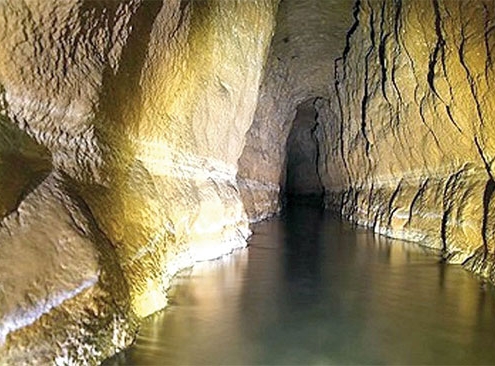
Persian Qanat: System, Structure, famous Iran Qanats
There are arid regions in Iran with no river curving or crawling…

